Category: news
-
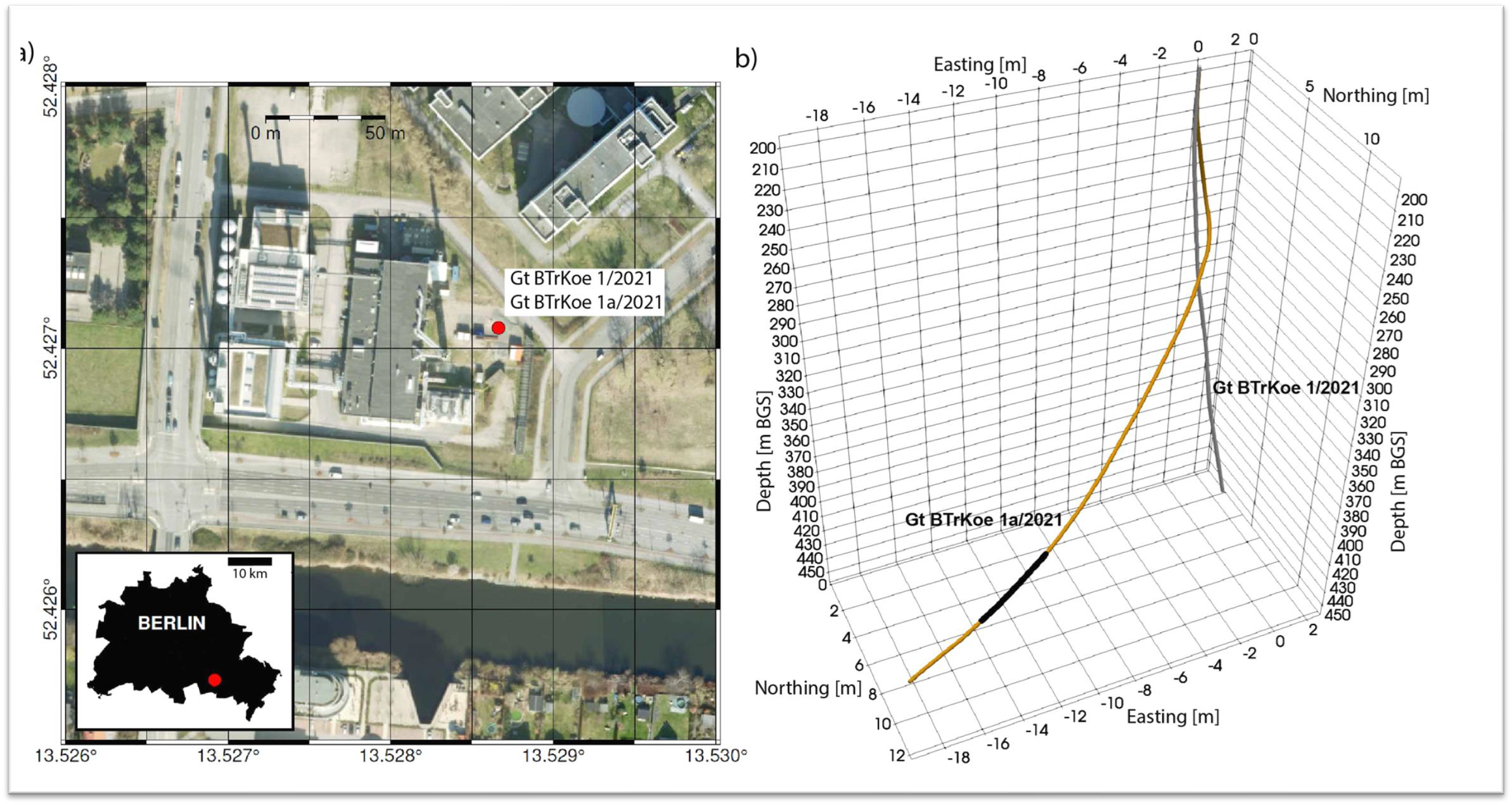
An update from the Berlin site
At the recent General Assembly in Bochum, the Berlin site has given an update of the progress that has been made. This will be discussed together with a recap of the site’s goals and objectives.
-
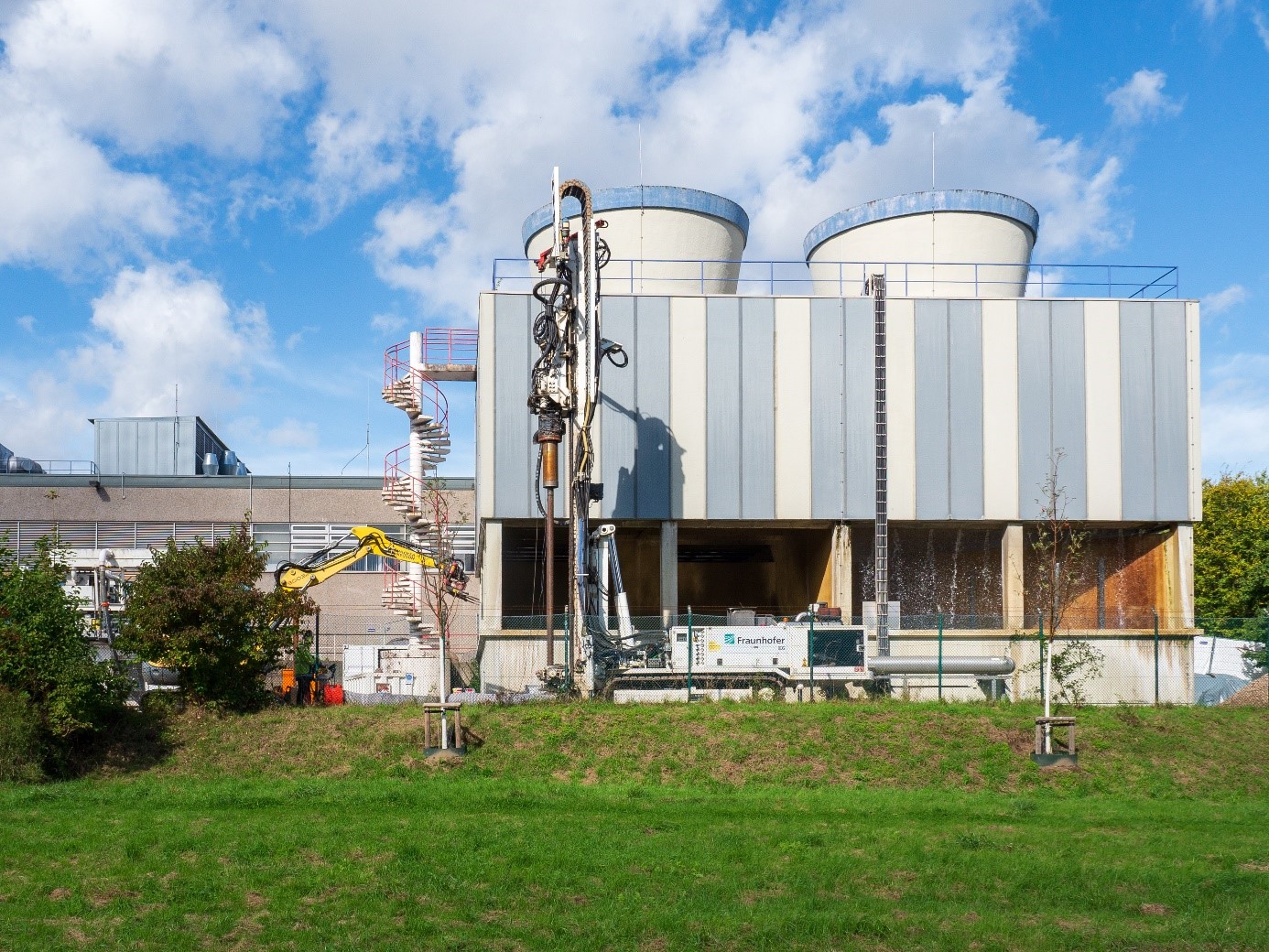
An update from the Bochum site
At the recent General Assembly in Bochum, the Bochum site itself has also given an update of the progress that has been made. This will be discussed together with a recap of the site’s goals and objectives.
-

An update from the Darmstadt site
At the recent General Assembly in Bochum, the Darmstadt site has given an update of the progress that has been made. This will be discussed together with a recap of the site’s goals and objectives.
-

Meet the Scientist: Wen Liu
In this edition of Meet the Scientist we interview Wen Liu. She is a researcher at the Copernicus Institute of Sustainable Development at Utrecht University, where she focuses her research on sustainable heat transition and seasonal thermal energy storage.
-

An update from the Delft site
At the recent General Assembly in Bochum, the Delft site has given an update of the progress that has been made. This will be discussed together with a recap of the site’s goals and objectives.
-
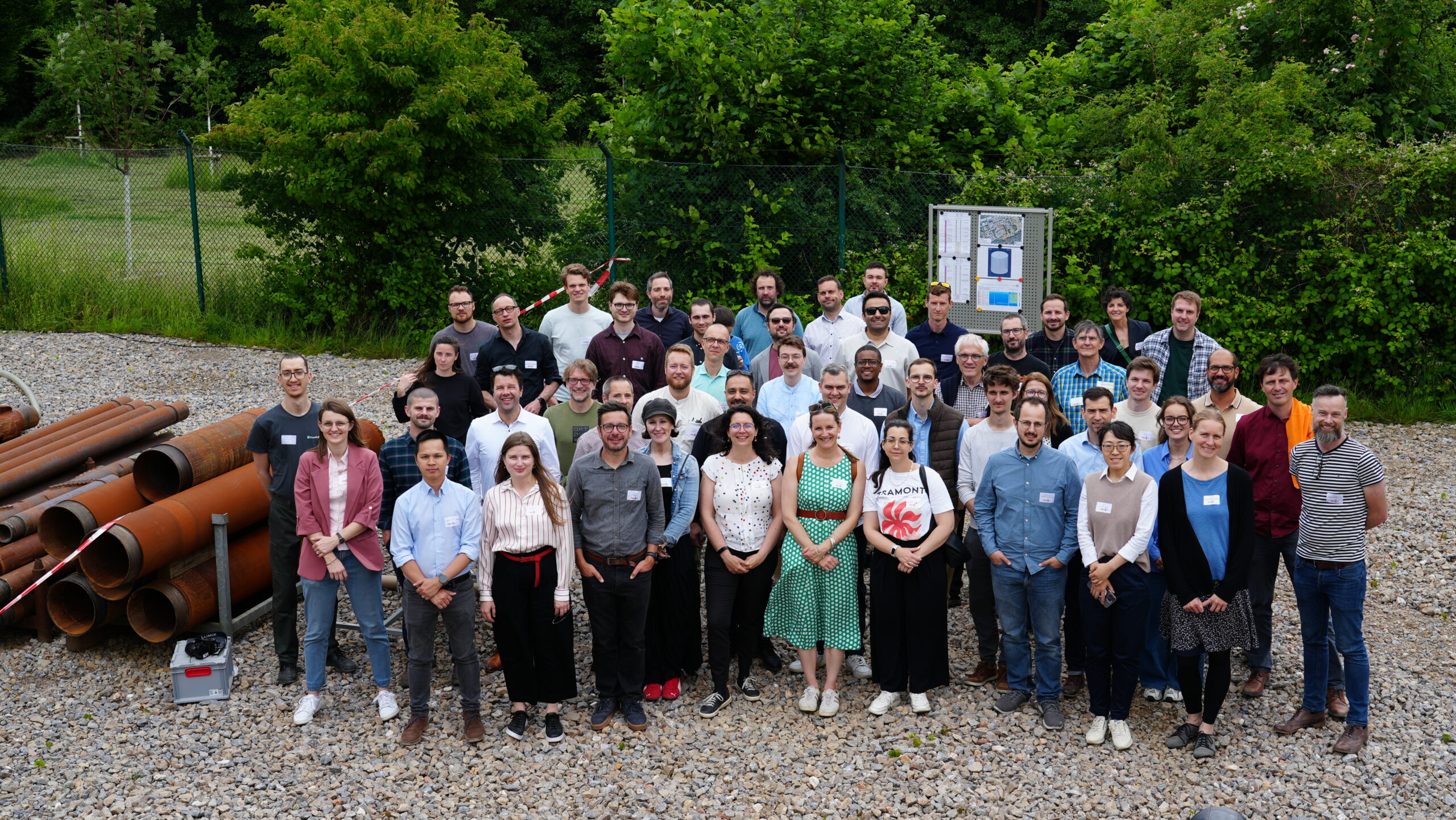
The Push-It General Assembly in Bochum to discuss the project’s progress
Last week, the Push-IT consortium came together for 2.5 energising and inspiring days at the Fraunhofer Institute in Bochum, Germany. It was fantastic to reconnect face-to-face with partners from across Europe and realign around our shared mission of driving innovation and impact. A highlight of the General Assembly was the interactive poster sessions — a welcome new format that sparked great conversations and deeper understanding across work packages. Each site had a presentation together with all the technologies of Work Package 3 and Tessel Grubben.
-

Students Explore the World Beneath Their Feet During GeoWeek
Each year during GeoWeek, students aged 10 to 15 get the opportunity to explore the exciting world of geo-sciences. Across the Netherlands, they participate in fieldwork, visit companies, or attend guest lectures given by professionals from the soil, water, and geo-information sectors. The focus of the week is on hands-on learning — from drilling soil samples and creating digital maps to testing the strength of dikes.
-
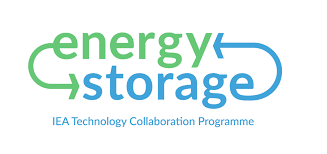
Join the First IEA-ES Task 45 Webinar on Large Thermal Energy Storage (LTES)
We’re excited to invite you to the first webinar organized by the IEA Energy Storage (ES) Task 45 group, a leading initiative focused on advancing Large Thermal Energy Storage (LTES) technologies. This online event marks the beginning of a series dedicated to unlocking the potential of Pit (PTES), Borehole (BTES), Tank (TTES), and Aquifer (ATES) thermal energy storage systems.
-
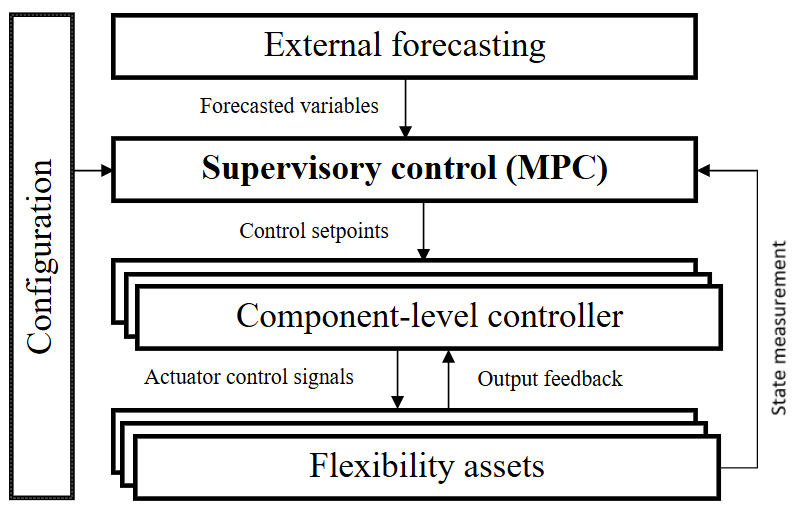
A closer look at the Smart District Heating Controller
One of the Enabling Technologies that is being developed by the Push-It project is the Smart District Heating Controller. This controller should monitor and control the heating system. That is all well and good, but how does it work? What are the challenges the team is facing? What is the current status of development? We asked Bram van der Heijde, who is a developer on this part of the project.
-
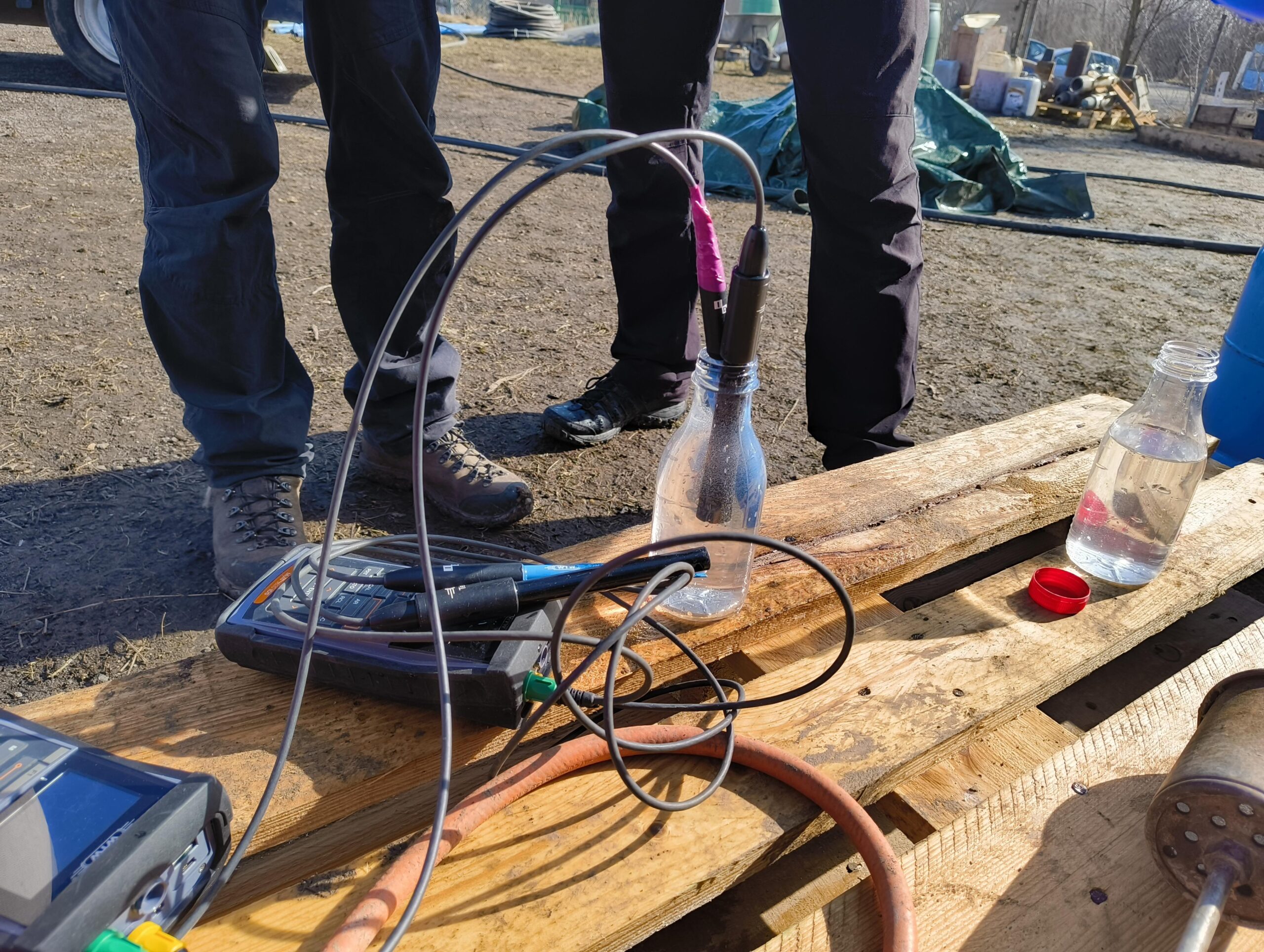
A closer look at Water Quality
One of the most critical technical challenges in developing sustainable thermal energy storage systems lies beneath the surface—quite literally. One of the enabling technologies the Push-It project is developing is understanding and addressing water quality issues that could impact the long-term viability of these systems. The quality of the water involved plays a vital role in ensuring system performance and longevity.